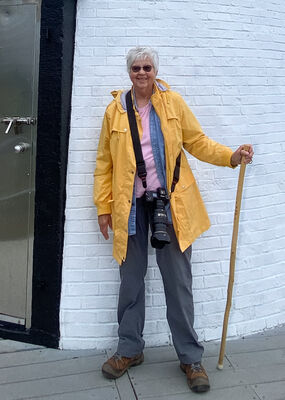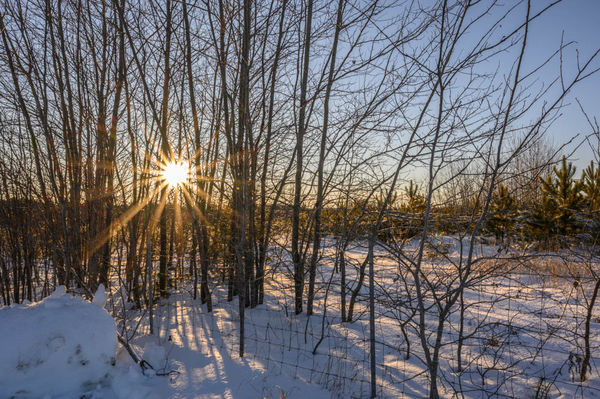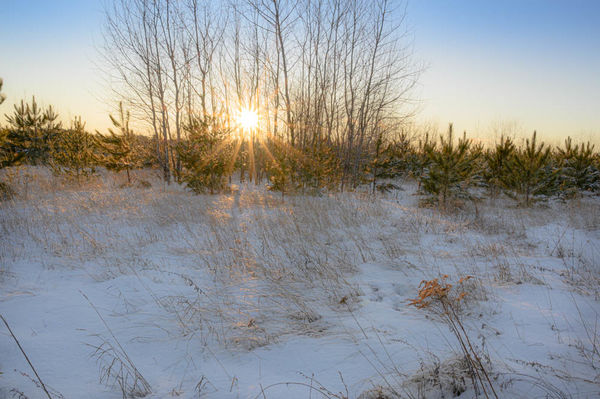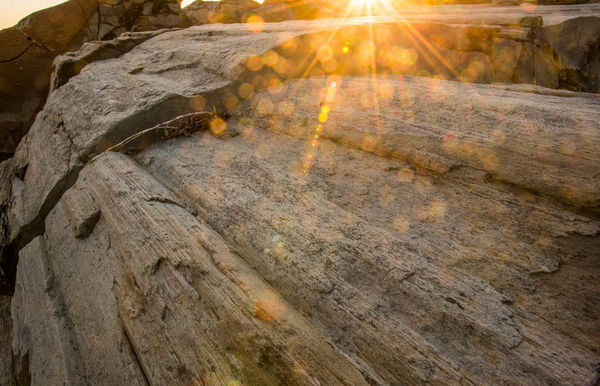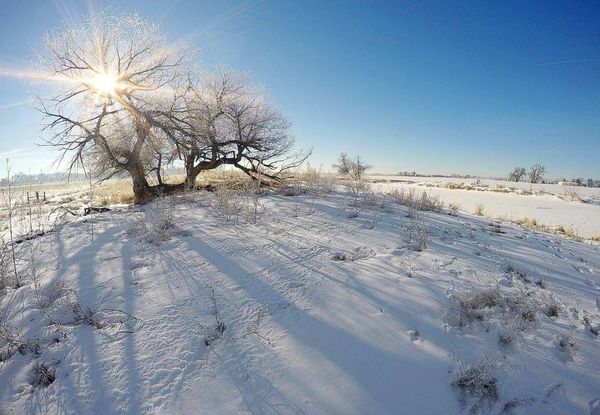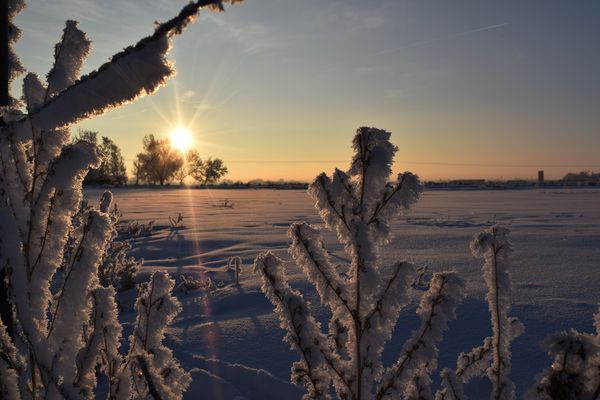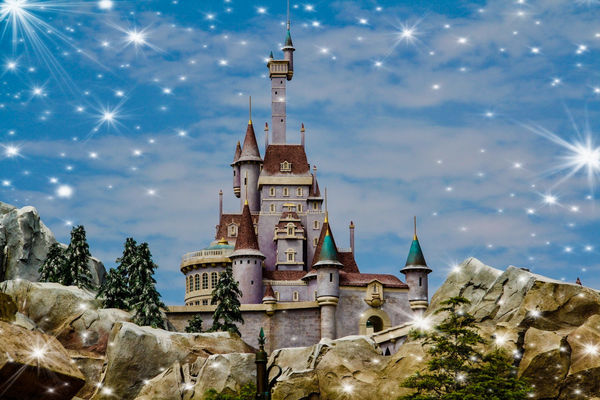Challenge: "SunStars" March 26-28 2020
Mar 26, 2020 09:31:51 #
Fred Ann wrote:
A couple of sun stars from a few summers ago.
Just one more, not very pointy, but taken just passing by the Quebec bridge one day.
and one more taken at night, not a star but probably a street light seen just below the moon, I call it a night light star.
Just one more, not very pointy, but taken just passing by the Quebec bridge one day.
and one more taken at night, not a star but probably a street light seen just below the moon, I call it a night light star.
Nice ones Fred Ann.
Mar 26, 2020 09:32:32 #
Mar 26, 2020 09:34:00 #
Transbuff1985 wrote:
Thank you - remember this one - This is the one you processed for me last spring!!
Almost got it.
Almost got it.
Pretty!
Mar 26, 2020 09:35:08 #
CindyHouk wrote:
Thanks for the explanation and I enjoy trying to get the SunStars....I have gotten lucky a few times and here is one of a sunstar and one of a moonstar.
Attractive images.
Mar 26, 2020 09:36:16 #
Dr.Nikon wrote:
Well .., here are a few from my archives ...1/2 dome moon rise .... (moon rise )
And 2 from the Glacier Point hike ...a sun star
And 2 from the Glacier Point hike ...a sun star

Mar 26, 2020 09:37:07 #
Resqu2 wrote:
Spur of the moment sitting in a drive through. Saw the flag and opened the sunroof and just snapped. Didn’t even have time to check my settings.

Mar 26, 2020 09:49:12 #
Mar 26, 2020 09:56:40 #
Mar 26, 2020 10:07:34 #
Photogirl17 wrote:
"Sunstar How to" br br br 1) Small Ape... (show quote)
This is from my archives as its very cloudy today.
Mar 26, 2020 10:18:04 #
Mar 26, 2020 10:22:53 #
judy juul wrote:
Blue one is really lovely, Cindy!
Thanks Judy...that's my driveway on a very very cold winter night!
Mar 26, 2020 10:24:10 #
Roadrunner wrote:
I am smiling, Ann. 

I thought of you when I posted it, and assumed you would like it .We
had probably left Vaudrieul around 5 a.m. that day, getting an early start heading home.Thank you for your comment.
Mar 26, 2020 11:08:47 #
Mar 26, 2020 11:41:20 #
Photogirl17 wrote:
"Sunstar How to" br br br 1) Small Ape... (show quote)
Great start, Lesley. I like all of these images.
The weather forecast for our area over the next three days calls for overcast, so I'm pretty sure I won't be able to capture anything "new," although I do want to get better at this particular skill.
That means for now, I have two options; first, cull all my archives for images that inadvertently caught a sunstar, or two, "doctor" an existing image, like the one below...lol
Tim
Mar 26, 2020 11:42:29 #
Dr.Nikon wrote:
Well .., here are a few from my archives ...1/2 dome moon rise .... (moon rise )
And 2 from the Glacier Point hike ...a sun star
And 2 from the Glacier Point hike ...a sun star
Good ones, Dr. Nikon. Pg 1
Tim
If you want to reply, then register here. Registration is free and your account is created instantly, so you can post right away.

